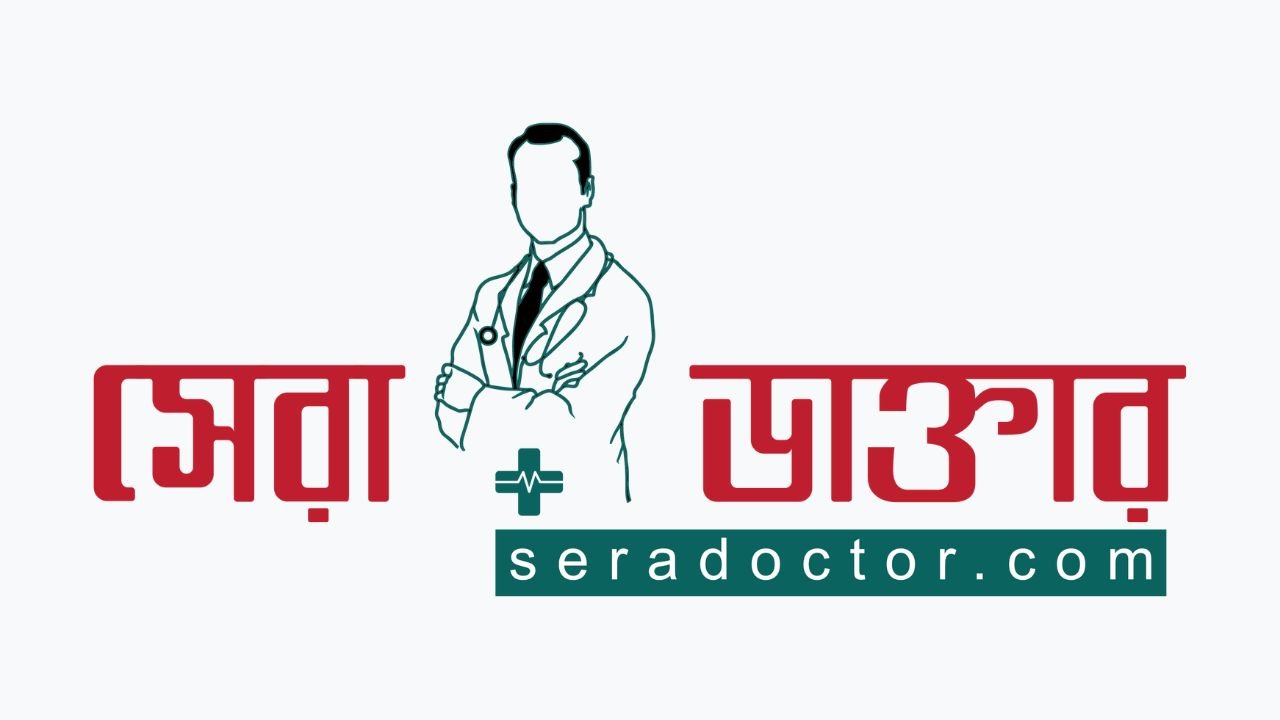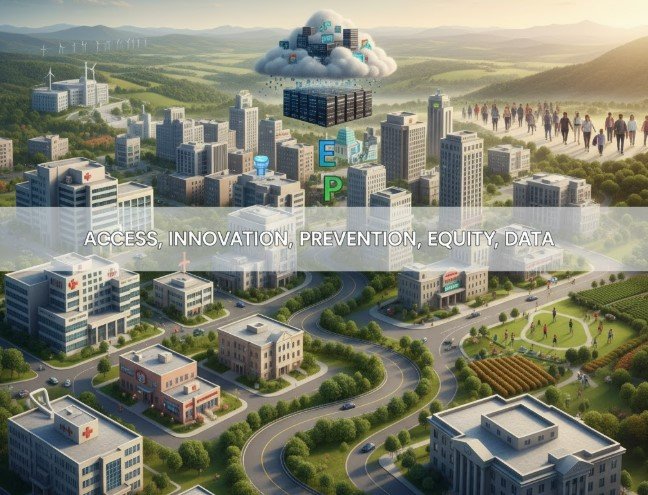Bridging Health & Technology: How SeraDoctor Is Transforming Medical Access in Bangladesh

As Bangladesh continues its march toward digitization, one sector that has long posed unique challenges is health care access especially for rural populations and those with mobility constraints. In recent years a new entrant, SeraDoctor.com, has emerged as a beacon of hope, promising to connect patients with doctors, support surgical care, and bring medical services closer to home. But does it live up to the promise? Our report seeks to explore how SeraDoctor is reshaping health care in Bangladesh, the obstacles it faces, and the real impact felt by ordinary citizens.
Table of Contents
A Startup with Ambitious Aims

Founded in recent years (the precise founding date is not widely publicized), SeraDoctor bills itself as “Bangladesh’s most popular doctor appointment platform,” a one-stop online medical services portal. SeraDoctor The platform’s core offerings include:
- Doctor consultations (across multiple specialties)
- Surgical support (for conditions like hernia, kidney stones, piles)
- Hospital and diagnostic coordination
- Home medical services (blood collection, post-op visits, home nursing)
- A “Blood Donors Club” to assist in matching donors and recipients
SeraDoctor claims to maintain a network of over 100 partner hospitals and 200 surgeons, along with 70 clinic touchpoints across Bangladesh. SeraDoctor They also promote features such as transparent pricing, no-cost EMI financing, and handling insurance paperwork to ease the burden on patients.
In addition, the platform publicly lists doctors across regions with varying specialties such as gynecology, ENT, pediatric surgery, dermatology, orthopedics, urology, and medicine.
On the Ground Reality: Voices from Patients & Practitioners

To test the real-life impact, we spoke with patients and medical practitioners across Dhaka and surrounding districts.
Ruma, a 45-year-old schoolteacher from Savar, described her experience:
“I had kidney stone pains but couldn’t easily visit a specialist in the city. Through Sera Doctor, I booked a consultation online. They arranged for diagnostics and even recommended a partner hospital. The support team helped with paperwork, and I felt less stress dealing with formalities.”
Another user, Jamal, from Mymensingh, said:
“Home medical service is a blessing. My father is immobile, so the fact that someone could collect blood and bring reports home saved us travel, time, and worry.”
Doctors associated with the platform note both opportunities and challenges. Dr. Nazmul Islam, a medicine specialist, acknowledged that tele-consultations allow him to reach patients he otherwise would not have seen. But he cautions, “Not all cases are suitable for remote diagnosis—imaging, in-person assessments, and surgical needs still require hospital visits.”
A hospital executive in Barisal (Icon Medical Services, listed on the SeraDoctor hospital profile) noted that the platform helps small regional clinics market their services more broadly.
Strengths & Competitive Advantages
- Accessibility & Reach
One of SeraDoctor’s major contributions is expanding access. Patients in smaller towns and remote districts who previously lacked specialist options can now consult experts. The platform claims coverage across all divisions, including Dhaka, Khulna, Chattogram, Barisal, Sylhet, Rangpur and more. - One-Stop Platform
Rather than just a listing of doctors, SeraDoctor integrates scheduling, communication, support for diagnostic and surgical coordination, and post-operative follow-up. This holistic design is a strong differentiator compared to stand-alone telemedicine apps. - Trust & Branding
By presenting itself as a “popular” and structured medical platform with a hotline (01740-486123) and professional branding, SeraDoctor gives users confidence in legitimacy over ad-hoc telemedicine services.
Challenges & Critiques
No innovation is without hurdles. Our investigation surfaced several risks and challenges that SeraDoctor must navigate.
- Quality Assurance & Accountability
With many doctors, clinics, and hospitals in the network, maintaining consistent standards of care is difficult. Users may face variable experiences depending on which provider they engage. There is limited transparency about oversight or credential verification, at least publicly. - Infrastructure & Connectivity
In more remote areas, internet access is unreliable. Teleconsultations may be hampered by poor bandwidth, video lag, or dropped calls, undermining the patient–doctor interaction. Some patients may still prefer in-person visits for comfort or clarity. - Affordability & Hidden Costs
While SeraDoctor advertises no-cost financing and transparent pricing, real costs—such as hospital room charges, imaging, lab tests, medicines, or complications—can escalate. Some users reported in informal forums that additional hospital charges sometimes deviate from initial estimates. - Integration with Public Health Systems
Bangladesh has many government hospitals and public clinics. How SeraDoctor integrates (or competes) with public health infrastructure, and whether it can serve low-income populations sustainably, remains a question. A parallel private-oriented system could exacerbate inequalities if not managed carefully. - Regulatory & Legal Environment
Telemedicine is relatively new in Bangladesh, and regulatory frameworks (licensing, malpractice liability, data privacy) are still evolving. SeraDoctor must comply with emerging rules on medical ethics, data protection, and online health services.
The Broader Healthcare Landscape
In Bangladesh, access to doctors and specialists is unevenly distributed: rural areas often lack trained medical professionals, and travel is expensive and time-consuming. Telemedicine and digital health platforms thus represent a promising remedy.
Globally, online medical platforms have gained significant traction post-COVID as patients and providers alike seek hybrid models of care. But long-term success depends on trust, regulatory frameworks, quality standards, and seamless integration between online and offline services.
SeraDoctor is tapping into this trend and positioning itself to be a key player in Bangladesh’s health tech ecosystem.
Looking Ahead: Sustainability & Scale
To fulfill its promise, SeraDoctor must evolve strategically. Key priorities include:
- Robust quality control: Establish clear credentialing, feedback loops, peer review, and audit mechanisms to ensure consistency and patient safety.
- Hybrid models: Offer “tele + in-person” integrated care so patients can shift smoothly from consultation to diagnostics or surgery with minimal friction.
- Partnerships with government clinics / NGOs: Collaborating with public sector institutions could expand reach and improve health equity, particularly for underserved communities.
- Technology upgrades: Invest in scalable, resilient infrastructure, offline-friendly modes (low-bandwidth, audio-only calls), and data security systems.
- Transparent pricing & reviews: Publish clear pricing breakdowns and user reviews to build trust and accountability.
- Public awareness & education: Many potential users, particularly in rural areas, still prefer traditional clinics out of habit or distrust of digital platforms. Outreach campaigns can help bridge that gap.
Conclusion: A Promising Disrupter with Much to Prove
SeraDoctor.com is more than just another health app — it aspires to be a comprehensive bridge between patients and the healthcare system in Bangladesh. In a country where geography and socioeconomic barriers constrain medical access, its model of combining tele-consultation, surgical support, home medical services, and administrative assistance is compelling.
So far, the platform has delivered tangible benefits: patients in remote areas getting specialist access, smoother hospital referrals, and reduced procedural anxiety. But its long-term success will depend on built-in safeguards for quality, cost transparency, equitable reach, and regulatory alignment.
In the coming years, SeraDoctor’s trajectory will likely mirror the evolution of digital health in Bangladesh itself — full of promise, but requiring nimble adaptation, accountability, and a patient-centric ethos. If it succeeds, it may well become a national model for how technology can expand not just access, but dignity and trust in health care. For more healthcare tips visit: doctorguideonline.com.
